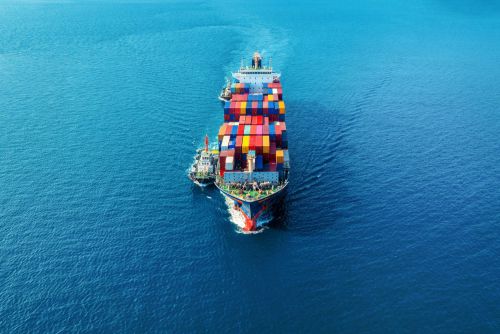Study Reveals Challenges of Tidal Energy Deployment in Complex Ocean Conditions


Cut through the green tape
We don't push agendas. At Net Zero Compare, we cut through the hype and fear to deliver the straightforward facts you need for making informed decisions on green products and services. Whether motivated by compliance, customer demands, or a real passion for the environment, you’re welcome here. We provide reliable information—why you seek it is not our concern.
A recent study published in Nature Communications has uncovered the intricate ocean conditions that pose significant challenges to the deployment of floating tidal turbines. The research, led by the Marine Biological Association and the University of Plymouth has shed light on the intricate ocean conditions affecting the world’s most powerful tidal turbine, Orbital Marine Power’s O2, located off Orkney, Scotland. Researchers used drones and acoustic tools to explore how turbulent water flows impact the turbine, especially when it's not generating power. These harsh conditions cause energy losses, increase the strain on the turbine, and make maintenance more difficult and dangerous.
The study found that turbulent and unpredictable water flows can disrupt energy production, create additional wear and tear on the turbines, and complicate maintenance efforts. High levels of turbulence can cause reversed flows and areas of low water speed behind the turbine, which can affect how well the turbine generates power. These conditions are not only a challenge for keeping the turbines working efficiently but also pose risks to marine environments by altering the flow patterns of water, affecting sediment movement, and disturbing marine life.
The complex conditions in the water also make it much harder to maintain the turbines, as the unpredictable water flows can pose safety risks to workers. These challenges emphasize the need for detailed planning and assessments of tidal energy sites before turbines are installed. The study suggests that using advanced measurement tools to better understand water flows at specific locations could help in designing turbines that are better suited to these harsh conditions, leading to improved performance and less environmental impact.
Researchers stress that to make tidal energy a reliable and sustainable energy source, new approaches are needed to deal with these unique ocean challenges. This includes improving turbine designs and ensuring that tidal energy projects are carefully planned with accurate data on local water conditions. As the tidal energy sector looks to expand, these findings will be crucial in guiding future projects to be both efficient and environmentally friendly, helping to harness the power of the ocean while protecting the ecosystems that thrive within it.
Source: nature.com

More related content

New €87 Million Scheme Backs Green Hydrogen Projects in Former Germ...

California's Updated Clean Fuel Standards Set to Take Effect

European Supervisors Seek Public Input on ESG Stress Testing Guidel...
